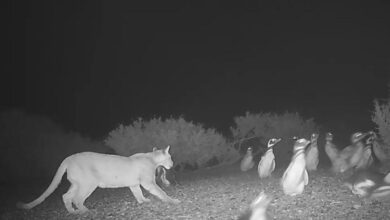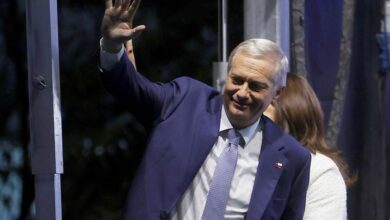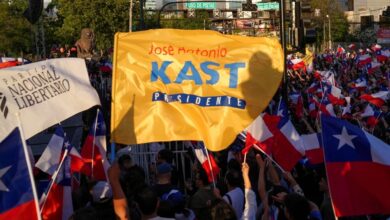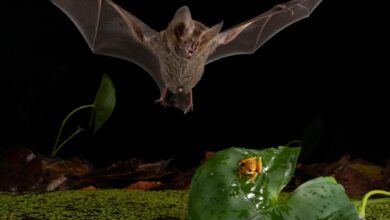Chile’s Puma Boom When Patagonia’s Ghost Cat Finally Shows Itself
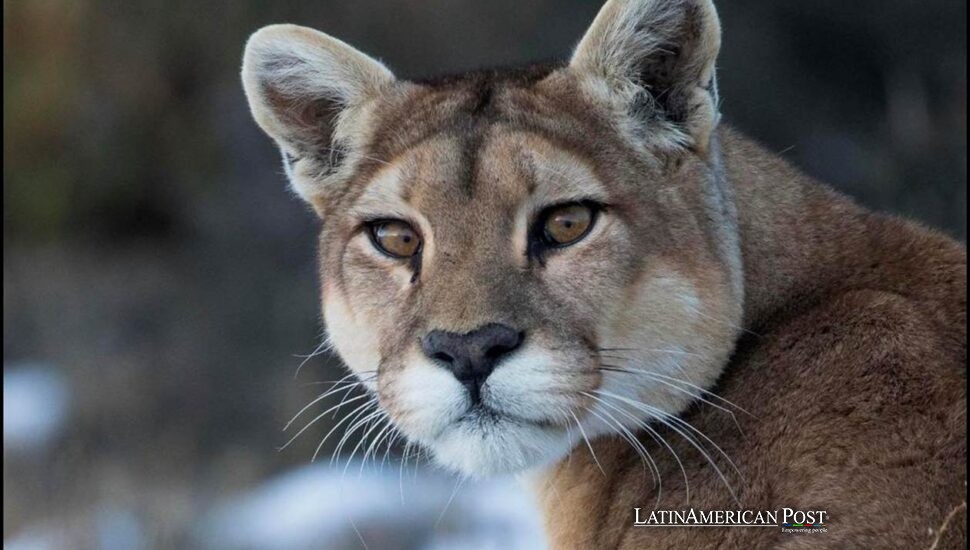
In Chile, puma sightings in Torres del Paine National Park are no longer a lottery ticket. Conservation, tracking guides and booming Patagonia ecotourism have pulled the cougar from myth into view, rewriting local economies and our relationship with wild predators.
The “Ghost” Cat Meets Chile’s Frontier
From Canada’s boreal forests and the Arctic tundra to the steppes of southern Chile, the puma—also known as the cougar and mountain lion—spans the widest distribution of any terrestrial mammal in the New World, BBC Wildlife reports. The magazine notes it may contend with the leopard for the tag “fourth largest cat,” while still yielding in size to the jaguar, lion, and tiger. None of that guarantees visibility. For decades, the puma felt more heard than seen, more trace than photograph.
For years, rumor filled the gap. BBC Wildlife wrote that, until recently, “ghost” was a more fitting name because confirmed sightings were extremely rare. In Patagonia, that scarcity has never been only ecological; it is tied to fear, livelihoods, and the hard calculus of living beside a predator. What has changed in Chile’s Torres del Paine National Park is not the puma’s instincts but the human response: conservation efforts, and a tourism economy that rewards patience, have pulled the cat out of the shadows. Scholars in Biological Conservation have warned that wildlife tourism only protects what communities can afford to keep, a point that resonates in Patagonia’s patchwork of work and wilderness.
Trackers, Triangles, And The Language Of Guanacos
In BBC Wildlife reporting and interviews, the puma is described as a specialist in stealth, a dun body built to dissolve into Patagonia’s open, broken terrain. Yet the landscape can fool the impatient. Pumas are largely solitary and hold huge home ranges, so they remain sparsely distributed even where habitat is excellent. Trackers narrow the odds by reading what most visitors miss—tracks, wind, and the way a ridge can hide an entire animal until it decides to move.
Time and place matter, too. BBC Wildlife notes the cats are mainly active at dawn and dusk, so the day begins early and ends late. In Torres del Paine National Park, tracking often concentrates along the eastern border, within a triangle formed by Laguna Armaga, Sarmiento Lake, and Nordenskjöld Lake. The surest signals, though, come from prey. BBC Wildlife emphasizes watching guanacos. Herds often post a “sentinel” on a vantage point; when it spots a puma, it blasts a high-pitched bleat that blows cover, hinders the hunt, and points humans to the cat.
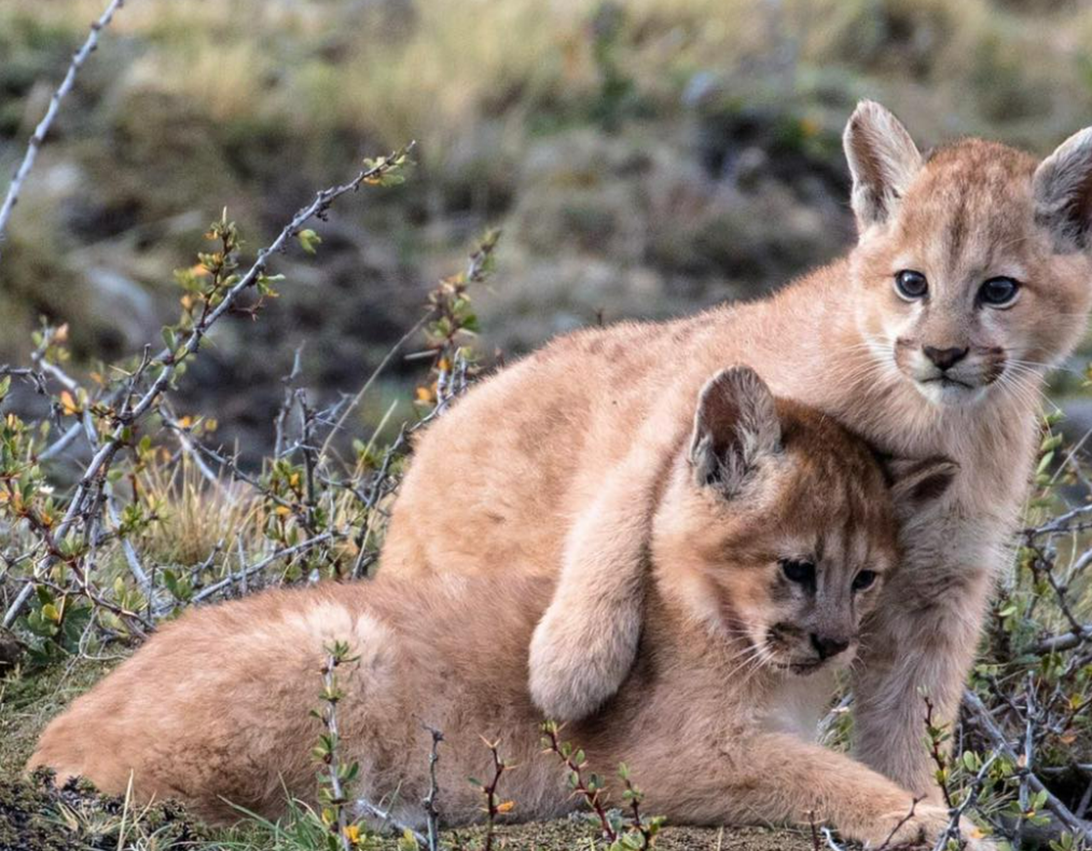
Inside The Brutal Math of One in Five
Even with that alarm system, hunting is hard. BBC Wildlife reports that roughly one in five hunts succeed. Guanacos are larger and faster, and they can defend themselves with a vicious kick. When the puma commits, the mechanics are precise: it uses terrain as cover, advances to within 15–20m—about 50–65 feet—then erupts in a lightning sprint to catch and overpower its quarry, finishing with a bite to the head or neck. A guanaco can weigh more than 100kg, roughly 220 pounds, so it won’t be eaten at once; leftovers are carefully cached.
That cache is where the story stops being only about two animals. BBC Wildlife summarizes research showing pumas, alongside other solitary cats, have exceptionally high kill rates among carnivores, capable of catching twice the amount of food they need—surplus that works as insurance when a meal is stolen by rivals. Ecologists have explored kill rates, caching, and competition in journals such as The Journal of Wildlife Management and Journal of Animal Ecology. The ripple is visible in the scavengers’ circuit, benefiting the culpeo fox and the Andean condor.
BBC Wildlife has told other puma stories—the “celebrity” cat of the Hollywood Hills for 10 years, and a fraught household tale in the Himalayas—but Chile adds a Latin American edge. Coexistence is a negotiation with history and inequality, with who bears risk and who earns reward. In Torres del Paine National Park, the “ghost” now walks in daylight, and that visibility is both a promise and a test: protection has to be durable, not just profitable. It also asks who is invited into the park’s new economy.
Also Read: Uruguay’s Quiet Luxury Turns A Long Weekend Into Soft Power

